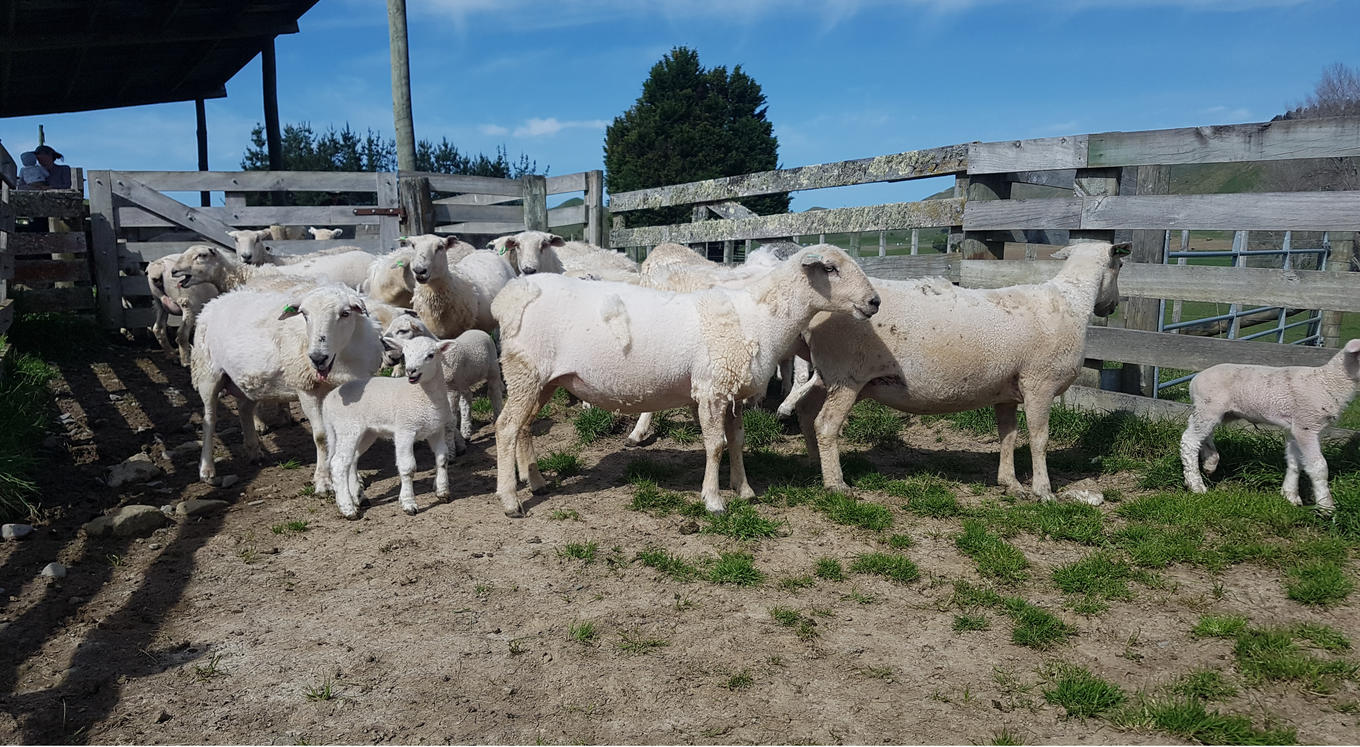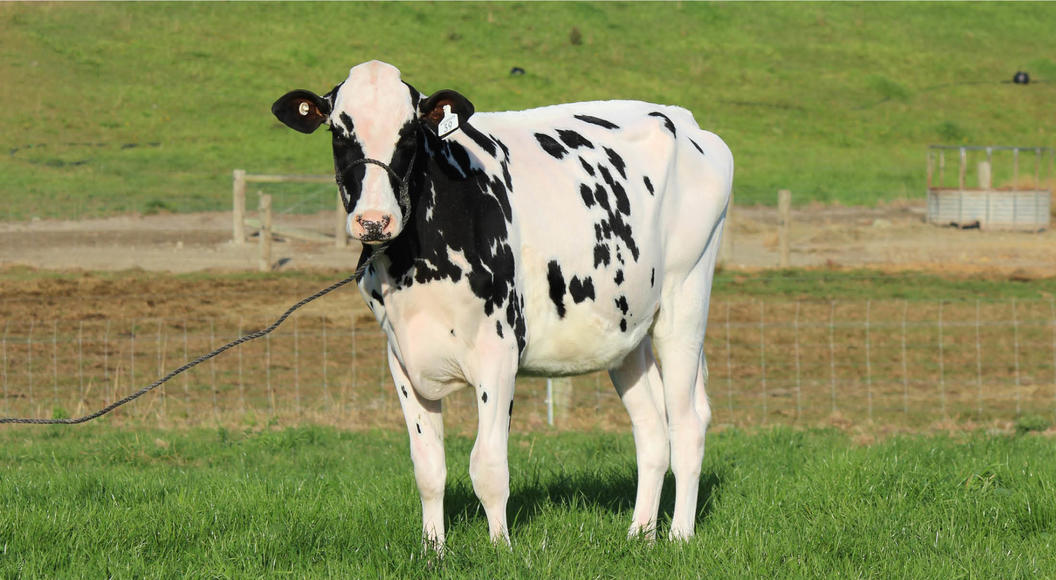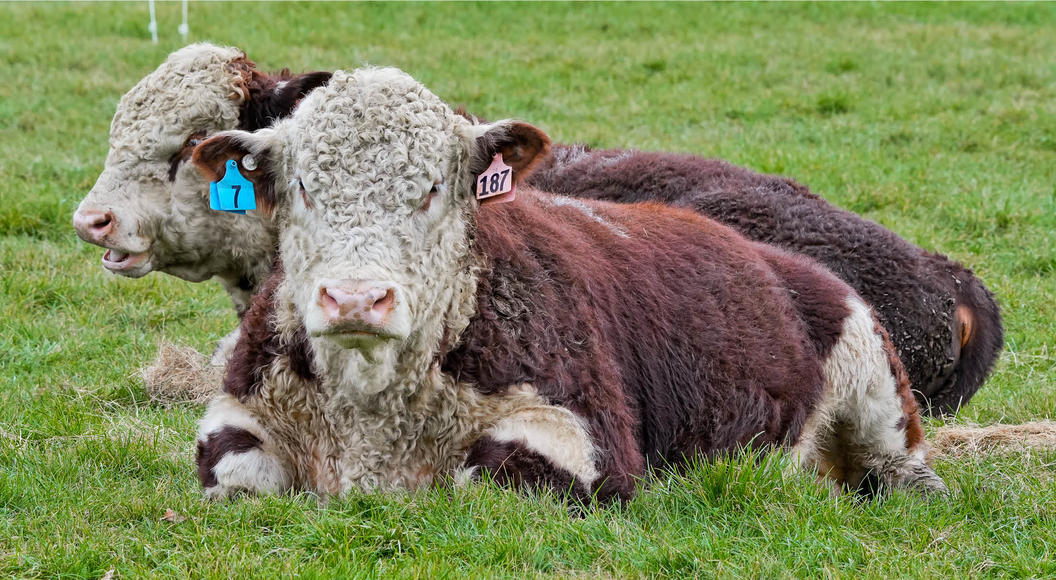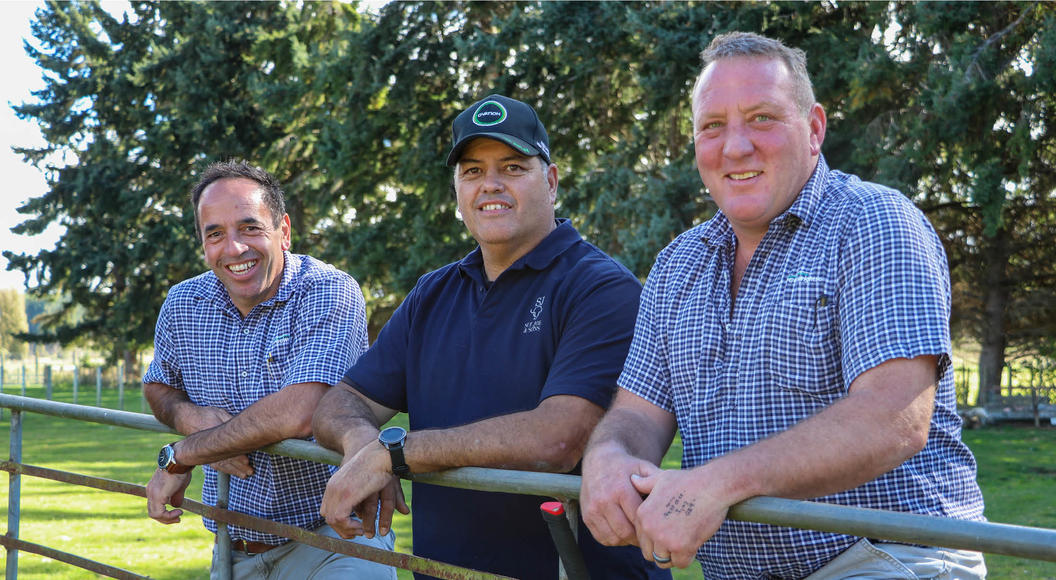
Wiltshires proving a winning formula
Taihape farming family fully sold on shedding sheep
On behalf of his parents Greg and Jocelyn, Charles Bennett manages his family’s property Waitui, on 343 hectares of hill country at Tiriraukawa, 26 kilometres southwest of Taihape.
Faced with the ongoing challenge of minimising costs and maximising returns, 13 years ago the Bennetts decided their wool cheque no longer commercially justified the cost of shearing, as Charles explains.
“Returns for wool kept going down, while the cost of shearing kept going up. Add to that the work that comes with dipping, dagging, or any treatment for flies, and it was a simple decision,” he says.
They decided to stop growing wool, introducing Wiltshire genetics to their Texel Finn flock.
“Dad started making the change in 2010. We bought Wiltshire ewe lambs two years in a row and put Wiltshire rams across all our ewes, kept every replacement ewe lamb, bred anything that was shedding wool, then after a couple of years culled anything that needed shearing or had excess wool.”
Fast forward to 2023 and the flock is now pure Wiltshire.
“There’s nothing much left of the Texel Finns now. We are effectively farming cattle instead of sheep: except a smaller version. The work load is much less. We hardly have to see them. We bring the ewes into the yards four or five times a year, which used to be much more. No more pre-shearing, dagging, dipping multiple times, shearing once or twice. All that effort and cost is now gone. Last year the neighbours had to dip three times. Meanwhile, from 1600 sheep, I treated one ewe with a fly problem.
“For us, going to shedding sheep was a no brainer, and we wouldn’t go back.”
Fertility and productivity stack up.
“Scanning our mixed age and two tooths this year, they rated at 182 per cent, then at docking they were 150 per cent. Fifty per cent of the male lambs were killed by Christmas with a 17.5 kilogram carcass weight average, and that was with difficult weather conditions: last year was a poor growing season with less than average sun.
“These ewes produce little lambs that hit the ground, attack anything that moves, and start growing well. They just get on with it.”
One minor drawback Charles acknowledges is learning the Wiltshire temperament.
“They have quite a personality. They can be stubborn in the yards, so you need to manage them differently. However, because they are not regularly handled, they are not conditioned the way our Texel Finns were. Dad has a few of our old Wiltshire ewes on his Marton lifestyle block, and when they have more human contact they become just as docile and manageable as other sheep.”
As well as their commercial flock, where they put 1600 ewes including 400 hoggets to the ram this year, the Bennetts started a stud flock five years ago.
“We are producing a nice, meaty sheep, which sheds cleanly and produces twins. We use recorded rams, monitor how are they are going and that flock is now SIL recorded,” he says.
Two tooth rams out of the Waitui stud flock are going up for sale at the Feilding sale yards on 24 November. They also have an on-farm sale each year, comprising approximately 700 animals with a mix of ewe lambs, two tooths and five-year-old ewes. Next year’s sale will be held on 30 January 2024.
A couple of unexpected perks have come along with breeding shedding sheep.
“They don’t do bearings. When we had the Texel Finns we would have about a dozen bearings each year, though with the Wiltshires, we never get them.
“Also, some processing companies offer a premium for clean bellies. With Wiltshires, of course, that is automatic, so we get paid the premium without having to do anything,” says Charles.


